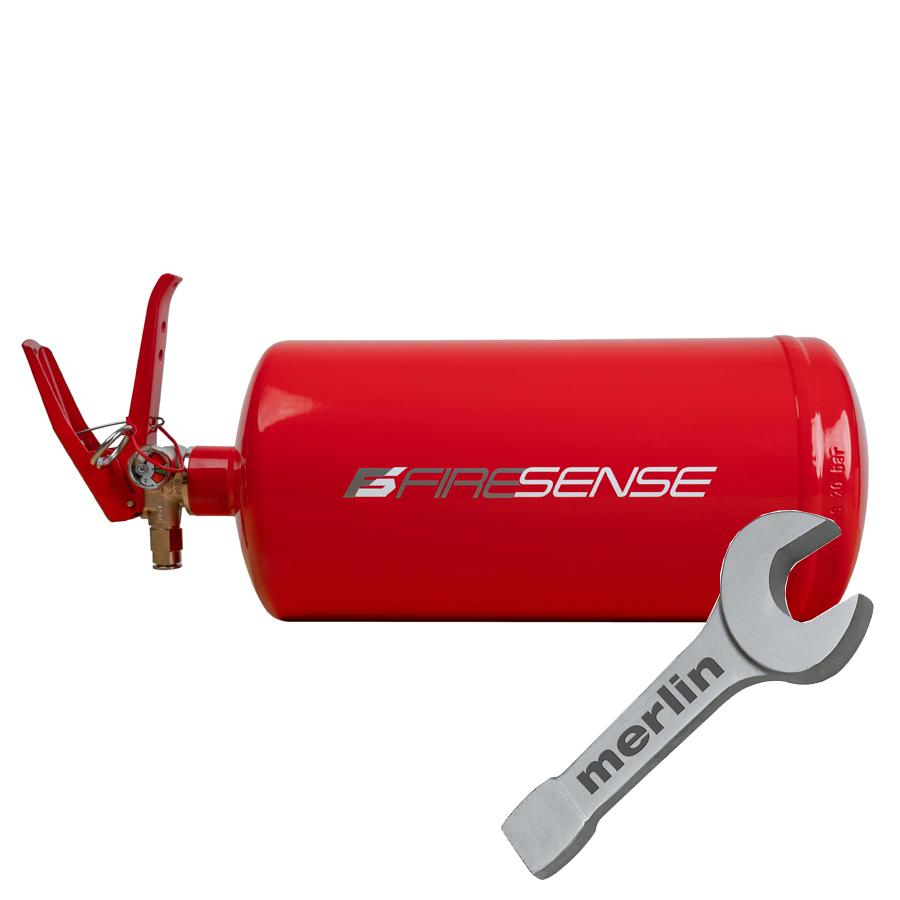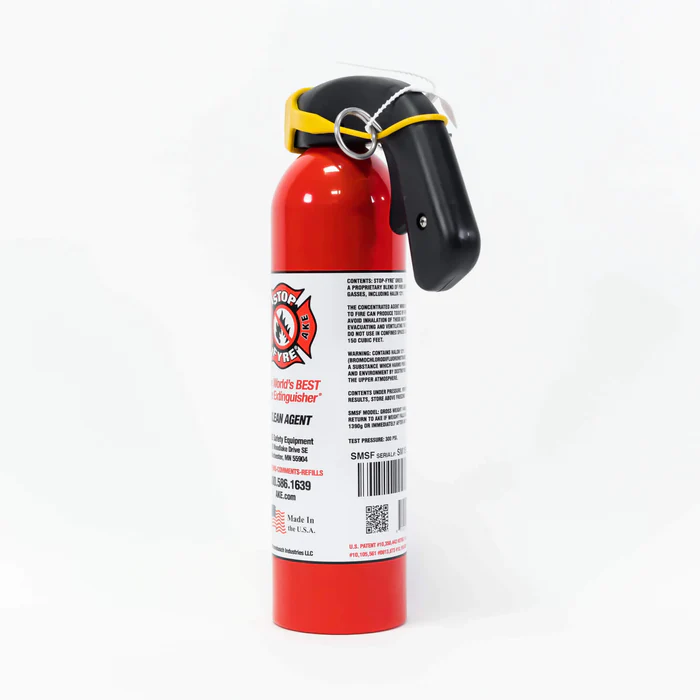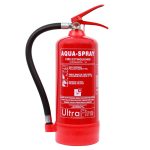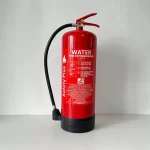I. Introduction
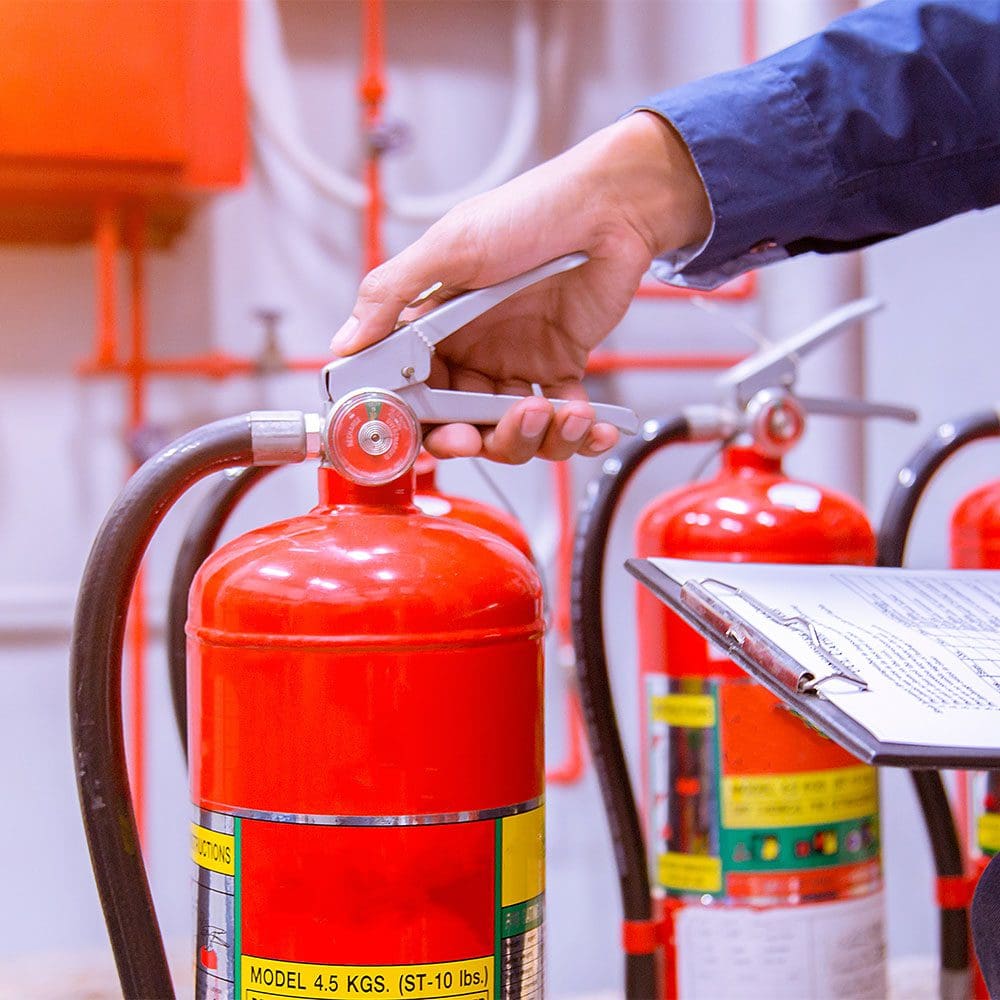
a. Importance of regular fire extinguisher maintenance
How to refill fire extinguisher? Regular maintenance of fire extinguishers is crucial for ensuring their reliability and effectiveness in the event of a fire. Without proper maintenance, fire extinguishers may fail to work when needed, putting lives and property at risk. It is important for businesses and homeowners alike to prioritize the inspection and maintenance of their fire extinguishers to stay prepared for any potential fire emergencies.
b. Safety concerns with using an expired or empty fire extinguisher
Using an expired or empty fire extinguisher poses serious safety concerns. In the event of a fire, an expired or empty fire extinguisher will fail to deliver the necessary firefighting agents to suppress the flames, allowing the fire to spread and potentially cause significant damage. Additionally, attempting to use an expired or empty fire extinguisher can put the individual at risk by giving them a false sense of security when facing a fire emergency. Therefore, it is crucial to regularly inspect and replace fire extinguishers as needed to ensure they are fully functional and ready for use.
II. Types of Fire Extinguishers
a. Different types of fire extinguishers and their uses
There are several different types of fire extinguishers, each designed to combat specific classes of fires. The most common types of fire extinguishers include:
- Water extinguishers:
Suitable for Class A fires involving materials such as wood, paper, and textiles. - Foam extinguishers:
Effective for Class A and B fires, as the foam acts as a cooling agent and smothers the flames. - Dry chemical extinguishers:
Designed for Class A, B, and C fires, the powder within these extinguishers interrupts the chemical reaction of the fire and serves as a heat shield. - CO2 extinguishers:
Ideal for Class B and C fires, these extinguishers displace oxygen and remove heat from the fire to extinguish it. - Wet chemical extinguishers:
Specifically designed for Class K fires involving cooking oils and fats, these extinguishers work by saponifying the hot oils and fats and cooling the fire.
It is important for individuals to understand the specific uses and limitations of each type of fire extinguisher to effectively respond to various fire hazards.
b. Understanding the pressure requirements for each type
In addition to understanding the types of fire extinguishers and their uses, it is essential to be aware of the pressure requirements for each type. Proper pressure maintenance is crucial for ensuring that the fire extinguisher functions effectively when activated. Individuals responsible for fire safety should regularly check the pressure gauges of their fire extinguishers and have them serviced by a professional if any issues are identified.
III. Steps to Refill a Fire Extinguisher
a. Inspecting the fire extinguisher for damage or wear
Before refilling a fire extinguisher, it is crucial to thoroughly inspect the unit for any signs of damage, wear, or corrosion. This inspection includes checking for dents, cracks, leakage, and ensuring that the hose and nozzle are intact and free from blockages. It is important to address any issues found during the inspection before proceeding with the refill to maintain the extinguisher’s integrity and functionality.
b. Recharging the fire extinguisher with the appropriate extinguishing agent
Once the fire extinguisher has been inspected and deemed to be in good condition, the next step is to refill it with the appropriate extinguishing agent based on the type of fire extinguisher. This process typically involves depressurizing the extinguisher, discharging any remaining agent, refilling it with the appropriate extinguishing agent, and then pressurizing the unit to the recommended level.
c. Checking the pressure gauge to ensure it is within the recommended range
After refilling the fire extinguisher, it is essential to check the pressure gauge to ensure that it falls within the recommended range specified by the manufacturer. Proper pressure maintenance is critical for ensuring that the fire extinguisher functions effectively when needed. If the pressure is below the recommended level, additional agent may need to be added, and the unit repressurized. If the pressure is too high, it may require depressurizing to the correct level.
IV. Professional Refilling Services
a. The benefits of using a professional service for refilling
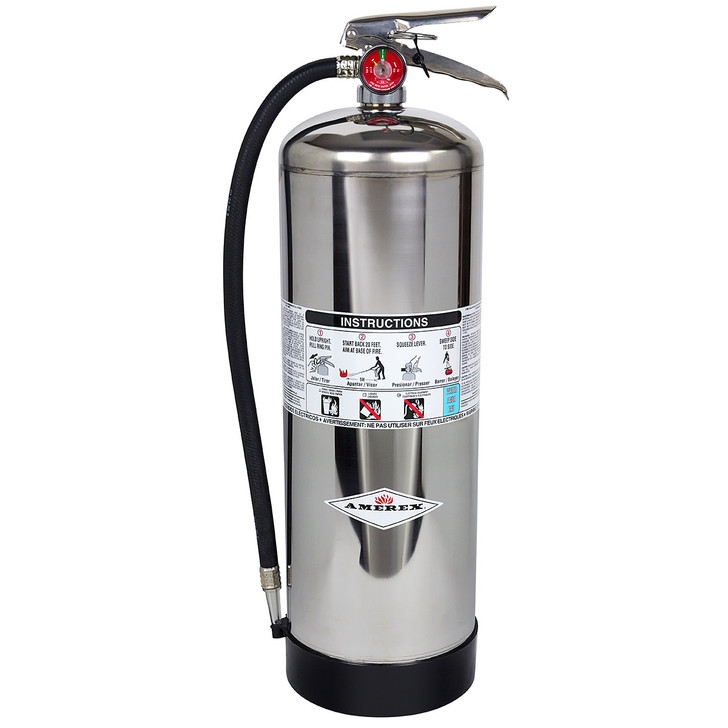
Utilizing a professional service for fire extinguisher refilling offers several advantages. Professional technicians are trained and equipped to handle fire extinguisher refilling with the necessary expertise and adherence to safety standards. They can accurately assess the condition of the extinguisher, identify any potential issues, and make the necessary repairs before refilling. Additionally, professional services ensure that the correct extinguishing agent is used and that the pressure is properly adjusted, providing peace of mind and assurance of the extinguisher’s reliability.
b. Costs associated with professional refilling
While there are costs associated with professional fire extinguisher refilling services, the investment is justified by the assurance of quality, safety, and compliance with regulations. The costs may vary depending on the type and size of the extinguisher, as well as any additional repairs or maintenance required. However, the expense of professional refilling is outweighed by the value of having fully functional and reliable fire extinguishers in place to protect lives and property in the event of a fire emergency.
V. DIY Refilling
a. The option of refilling a fire extinguisher at home
Refilling a fire extinguisher at home is an option that some individuals may consider to save on costs and time. It involves purchasing the appropriate extinguishing agent and recharging the extinguisher without the assistance of a professional service. While some may attempt DIY refilling, it is essential to understand the risks and safety concerns associated with this approach.
b. The risks and safety concerns associated with DIY refilling
Refilling a fire extinguisher at home presents several risks and safety concerns that should not be overlooked. These include:
- Inadequate knowledge and expertise:
DIY refilling requires a comprehensive understanding of the type of fire extinguisher being refilled, the correct extinguishing agent to use, and the proper refilling procedure. Without the necessary knowledge and expertise, there is a risk of using the wrong agent or incorrectly refilling the extinguisher, compromising its effectiveness. - Safety hazards:
Refilling a fire extinguisher involves handling pressurized containers and potentially hazardous materials. Without the proper safety precautions and equipment, there is a risk of injury or exposure to toxic or flammable substances. - Regulatory compliance:
Fire extinguisher refilling is subject to various regulations and standards to ensure the safety and effectiveness of the extinguisher. DIY refilling may lead to non-compliance with these regulations, which could result in legal issues and penalties. - Lack of equipment and resources:
Professional fire extinguisher refilling services are equipped with the necessary tools, equipment, and facilities to safely and effectively perform refills. Attempting DIY refilling at home may lack access to such resources, leading to subpar results and potential safety hazards. - Compromised effectiveness:
Improper DIY refilling may compromise the effectiveness of the fire extinguisher, leaving individuals and property vulnerable in the event of a fire emergency.
In conclusion, how to refill fire extinguisher is an important question. while the option of DIY refilling a fire extinguisher at home may seem cost-effective, the risks and safety concerns associated with this approach should not be underestimated. It is crucial to prioritize safety and compliance by utilizing professional services for fire extinguisher refilling. By doing so, individuals can ensure the reliability and effectiveness of their fire extinguishers.
